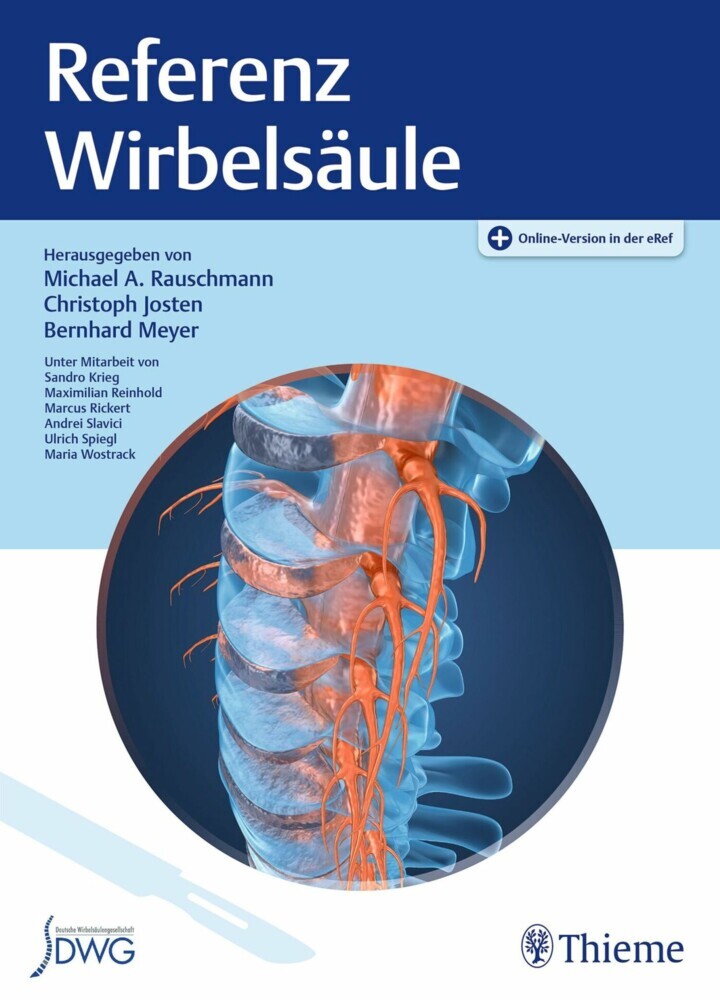Pressure Ulcer Research
Current and Future Perspectives
Presents both current and future aspects of diagnosis and treatment.
Presents evidence-based knowledge of pressure ulcer aetiology.
Contains over 90 illustrations.
Explores the possiblities of tissue repair using new tissue engineering strategies. This book provides an up-to-date scientific account of all aspects related to pressure ulcers and pressure ulcer research, as well as evidence-based knowledge of pressure ulcer aetiology. Further, it describes current and future tools for evaluating patients at risk. It comprises 20 chapters by renowned international experts in the field of pressure ulcer research. Among them are representatives of the European and American Pressure Ulcer Advisory Panels, basic researchers, clinicians and tissue viability nurses. Topics range from economic and legal aspects to evidence-based knowledge on prevention and treatment, aetiology, risk assessment and future aspects of pressure ulcer management.
Medico-legal implications
Patients at risk for pressure ulcers and evidence based care for pressure ulcer prevention
The measurement of interface pressure
Susceptibility of spinal cord injured individuals to pressure ulcers
Prevention and treatment of pressure ulcers using electrical stimulation
Biochemical status of soft tissues subjected to sustained pressure
Stump-socket interface conditions
Perspectives of numerical modelling in pressure ulcer research
Skin morphology and its mechanical properties associated with loading
Compression-induced tissue damage: animal models.-The role of oxidative stress in the development and persistence of pressure ulcers
Transport of fluid and solutes in tissues
Skin model studies
In vitro muscle model studies
Imaging tissues for pressure ulcer prevention
Magnetic resonance imaging and spectroscopy of pressure ulcers
Microelectrodes and biocompatible sensors for skin p02 measurements
New tissue repair strategies
Subject Index
Presents evidence-based knowledge of pressure ulcer aetiology.
Contains over 90 illustrations.
Explores the possiblities of tissue repair using new tissue engineering strategies. This book provides an up-to-date scientific account of all aspects related to pressure ulcers and pressure ulcer research, as well as evidence-based knowledge of pressure ulcer aetiology. Further, it describes current and future tools for evaluating patients at risk. It comprises 20 chapters by renowned international experts in the field of pressure ulcer research. Among them are representatives of the European and American Pressure Ulcer Advisory Panels, basic researchers, clinicians and tissue viability nurses. Topics range from economic and legal aspects to evidence-based knowledge on prevention and treatment, aetiology, risk assessment and future aspects of pressure ulcer management.
The aetiopathology of pressure ulcers: A hierarchical approach
Medical perspectives in the 21st centuryMedico-legal implications
Patients at risk for pressure ulcers and evidence based care for pressure ulcer prevention
The measurement of interface pressure
Susceptibility of spinal cord injured individuals to pressure ulcers
Prevention and treatment of pressure ulcers using electrical stimulation
Biochemical status of soft tissues subjected to sustained pressure
Stump-socket interface conditions
Perspectives of numerical modelling in pressure ulcer research
Skin morphology and its mechanical properties associated with loading
Compression-induced tissue damage: animal models.-The role of oxidative stress in the development and persistence of pressure ulcers
Transport of fluid and solutes in tissues
Skin model studies
In vitro muscle model studies
Imaging tissues for pressure ulcer prevention
Magnetic resonance imaging and spectroscopy of pressure ulcers
Microelectrodes and biocompatible sensors for skin p02 measurements
New tissue repair strategies
Subject Index
Bader, Dan
Bouten, Carlijn
Colin, Denis
| ISBN | 9783540288046 |
|---|---|
| Artikelnummer | 9783540288046 |
| Medientyp | E-Book - PDF |
| Auflage | 2. Aufl. |
| Copyrightjahr | 2005 |
| Verlag | Springer-Verlag |
| Umfang | 382 Seiten |
| Sprache | Englisch |
| Kopierschutz | Digitales Wasserzeichen |









